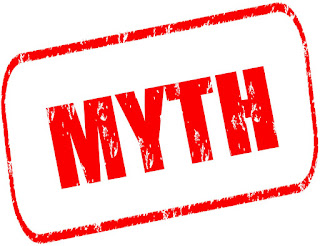Tuesday, March 28, 2017
Bob Burns
TSA Social Media
TSA Mythbuster: The Rest of the DFW Pat-down Story
As you may have heard, on Sunday at Dallas Fort Worth (DFW), a 13-year-old passenger underwent enhanced security screening, which included a pat-down, after his laptop alarmed an explosives trace detection machine. In total, the pat-down took approximately two minutes, and was observed by the mother and two police officers who were called to ease concerns of the mother. The passengers were at the checkpoint for approximately 45 minutes, which included the time it took to discuss screening procedures with the mother and to screen three carry-on items that required further inspection.
The mother filmed the pat-down and posted it to Facebook. It has since gone viral.
So is this standard procedure? TSA screening procedures allow for the pat-down of children under certain circumstances. In this instance, a laptop alarmed the explosives trace detection machine, which requires additional screening to resolve the alarm.
We get it. Nobody likes to be patted down. And nobody likes to see their loved ones patted down, especially children. TSA screens thousands of families every day, and our officers are trained to communicate with parents, explain screening procedures before they begin, and find the best way to get everyone to their plane safely and efficiently. Many of our officers are parents too.
All of our procedures are based on current intelligence and our adversaries are always looking for ways to inflict harm, including recruiting young children to carry out attacks. Bottom-line is that passengers, including children, and their property are screened prior to boarding a plane and any security alarms must be resolved.
So why does TSA conduct pat-downs? Pat-down procedures are used to determine whether prohibited and dangerous items are concealed. You may be required to undergo a pat-down procedure if the screening technology alarms, as part of random or unpredictable security measures, for enhanced screening, or as an alternative to other types of screening, such as advanced imaging technology screening. Even passengers who normally receive expedited screening, such as TSA Pre✓® passengers, may at times receive pat-down screening.
What should you know about pat-down screening?
- Our officers will explain the procedures to you as they conduct the pat-down.
- We use modified screening procedures for children 12 and under that reduce the likelihood of pat-down screening.
- A pat-down may include inspection of the head, neck, arms, hand, back, torso, legs, and feet. This includes head coverings and sensitive areas such as breasts, groin, and the buttocks. You may be required to adjust clothing during the pat-down.
- Pat-downs require sufficient pressure to ensure detection.
- Our officers use the back of the hands for pat-downs over sensitive areas of the body. In limited cases, additional screening involving a sensitive area pat-down with the front of the hand may be needed to determine that a threat does not exist.
- You should advise the officer if you have difficulty raising your arms or remaining in the position required; an external medical device; or areas of the body that are painful when touched.
- You may request a chair to sit if needed.
- You will receive a pat-down by an officer of the same gender.
- At any time during the process, you may request private screening accompanied by a companion of your choice.
Frankie's take - We live in a world of uncertainty, and hate. We cannot afford to have another 9-11 if you don't like the security process, DON'T FLY! Plain and simple. To fly is not a right, it's a privilege.



No comments:
Post a Comment